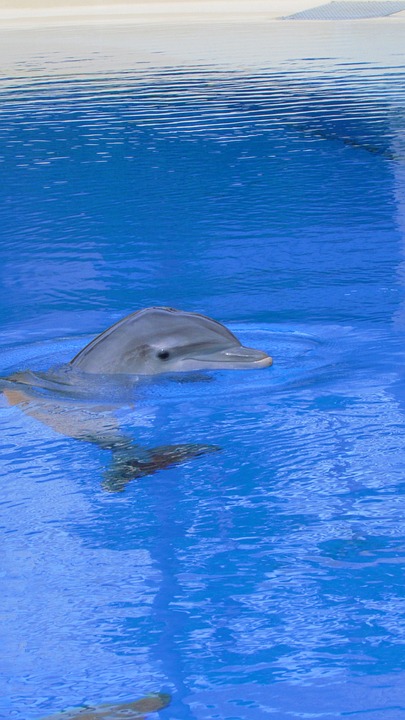Feeding fish in a home aquarium or tank requires more than just tossing in some flakes and pellets. To ensure the health and well-being of your finned friends, it is crucial to understand their feeding habits and provide a suitable diet. In this article, we will delve into the intricacies of fish feeding in a tank, shedding light on their natural behaviors, nutritional needs, and the importance of a balanced diet. Furthermore, we will address some frequently asked questions related to fish feeding in the FAQ section below.
Understanding the Natural Feeding Behaviors of Fish
Fish, in their natural habitat, have diverse feeding habits that vary greatly depending on their species. Some fish are herbivores, primarily feeding on plants, algae, and other vegetation, while others are carnivores, preying on smaller fish or invertebrates. Omnivorous species have a balanced diet, consuming both plant matter and small prey.
Adapting to a Tank Environment: The Need for a Balanced Diet
When fish are kept in a controlled environment like a tank, replicating their natural feeding behaviors becomes crucial. Providing a balanced diet that mimics their natural food sources is essential to maintain their health and prevent nutritional deficiencies. A well-rounded diet ensures that fish receive all the necessary proteins, vitamins, minerals, and other nutrients they require for growth and vitality.
Choosing the Right Food for Your Fish
Selecting the appropriate food for your fish species is essential to meet their nutritional requirements. Here are some key points to consider while choosing fish food:
1. Species-specific Diets: Different fish species have varying dietary needs. Research the dietary preferences of your fish and choose food formulated specifically for their species.
2. Quality Ingredients: Opt for high-quality fish food that contains natural ingredients, essential nutrients, and minimal fillers. Avoid products with excessive artificial coloring or preservatives.
3. Variety is Key: Offer a diverse diet to your fish by providing a combination of flakes, pellets, freeze-dried or frozen food, and live food such as brine shrimp or bloodworms. This variety ensures a balanced nutrient intake and stimulates natural feeding behaviors.
Establishing a Feeding Routine
Establishing a regular feeding routine is vital for the overall well-being of your fish. Here are some guidelines to follow:
1. Consistency: Feed your fish at the same time each day to establish a routine they can rely on.
2. Portion Control: Offer an amount of food that your fish can consume within a few minutes. Overfeeding can lead to poor water quality and health issues.
3. Monitor Consumption: Observe your fish during feeding to ensure they are actively consuming the food. Any uneaten food should be promptly removed to prevent water contamination.
FAQs:
1. How often should I feed my fish?
– Most fish require feeding once or twice a day. However, specific species may have different needs, so it’s essential to research and understand the feeding requirements of your fish.
2. Can I overfeed my fish?
– Yes, overfeeding can be detrimental to your fish’s health. Uneaten food can decompose and pollute the water, leading to water quality issues and potentially causing diseases.
3. Can I feed my fish human food?
– It is generally not recommended to feed fish human food. Fish have specific dietary needs, and human food may lack essential nutrients or contain harmful additives.
4. Can I use live food for my fish?
– Live food, such as brine shrimp or bloodworms, can be beneficial for fish as it stimulates natural hunting behaviors and provides essential nutrients. However, it should be used in moderation and from trusted sources to avoid introducing parasites or diseases to the tank.
5. How can I ensure my fish receive all necessary nutrients?
– Offering a variety of high-quality fish foods, including flakes, pellets, freeze-dried or frozen food, and occasional live food, helps provide a balanced diet with all the necessary nutrients.
By understanding the feeding habits of fish in a tank and providing them with a suitable diet, you can ensure their health, vitality, and enjoyment in their captive environment. Remember, a well-fed fish is a happy fish!









